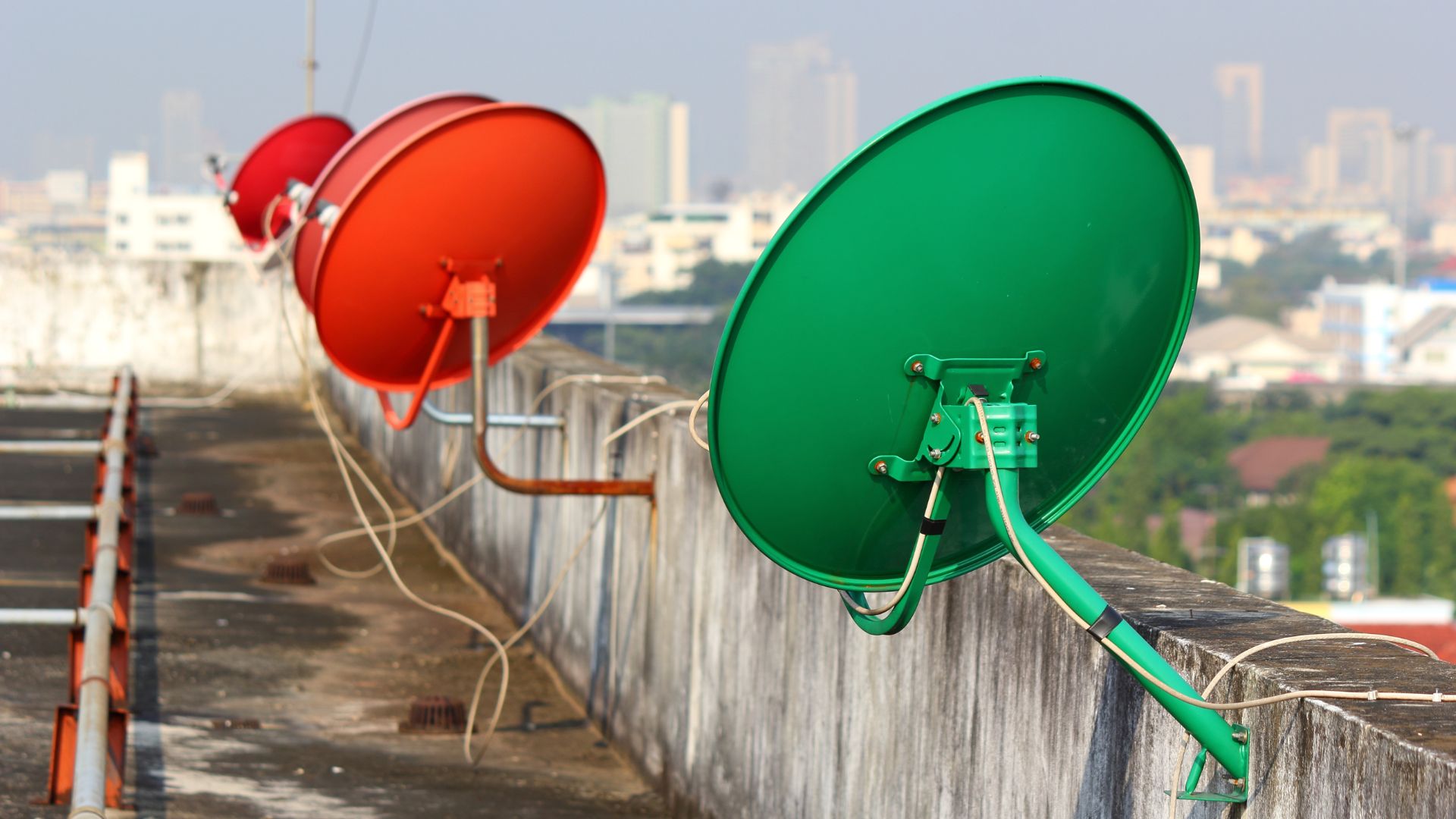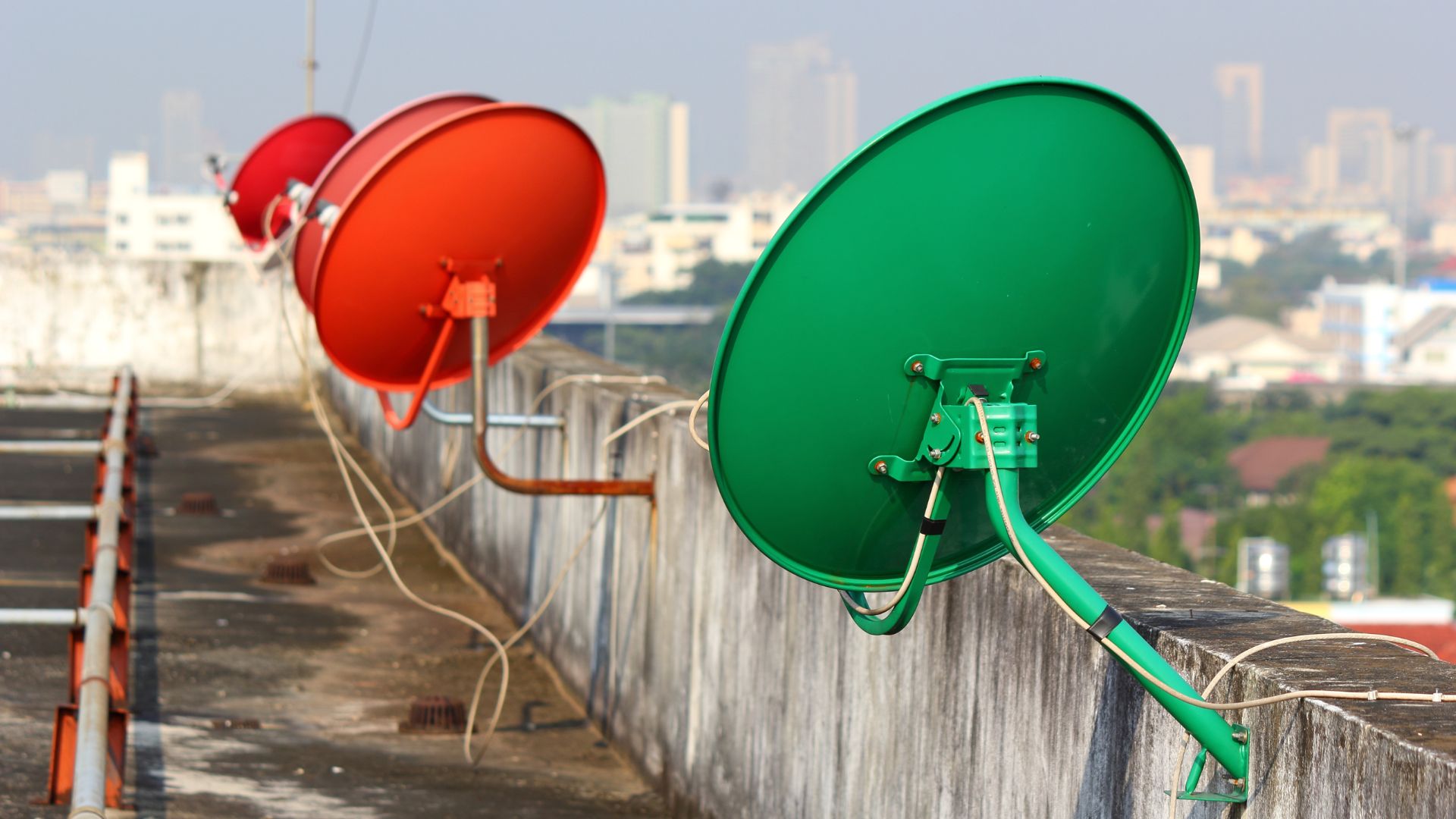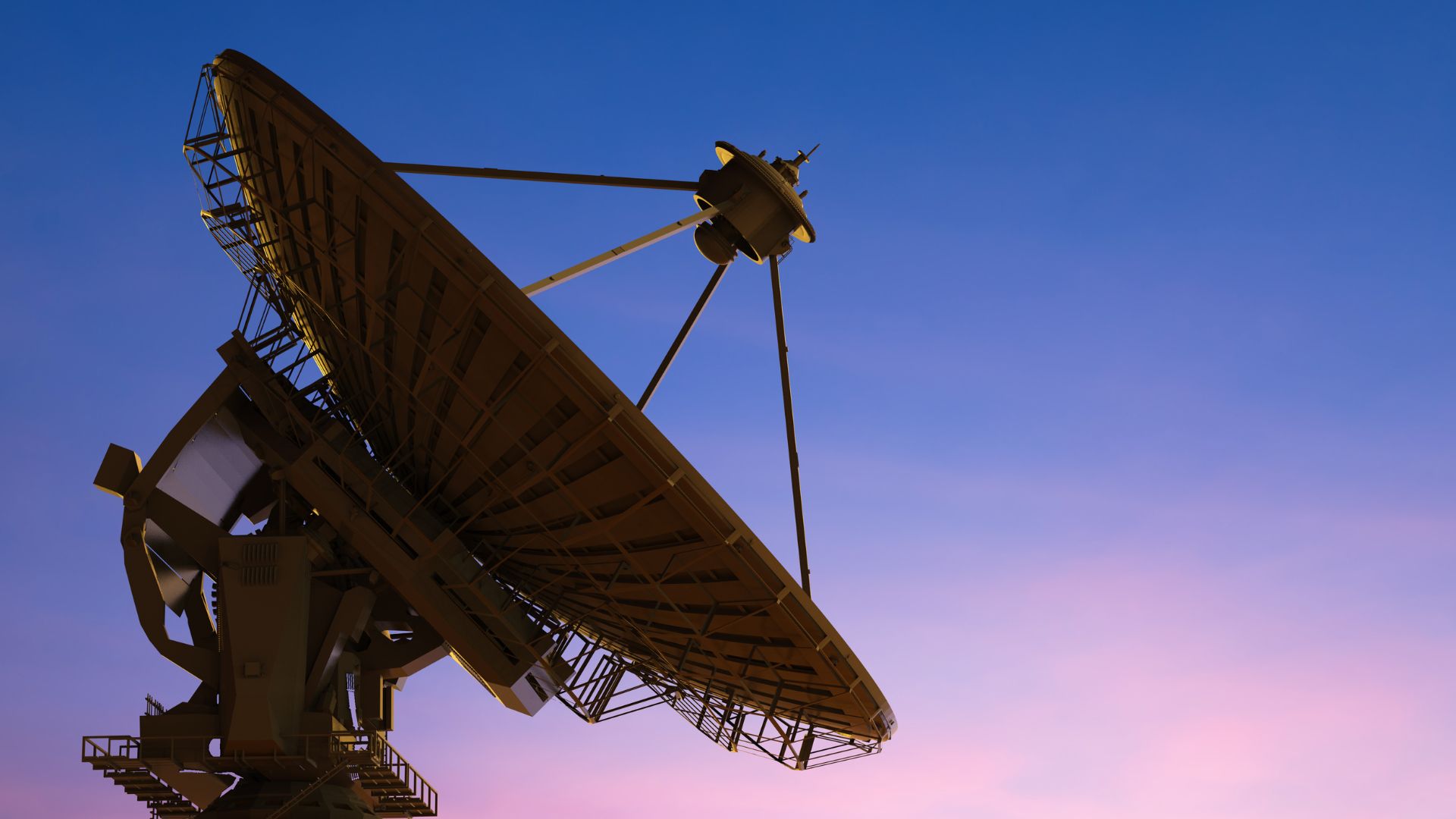The Evolution of Satellite Internet: Bridging the Digital Divide

For years, satellite internet has been a solution for people living in remote or underserved areas, but it has traditionally suffered from high latency and slow speeds. However, new advancements are changing the landscape, making satellite internet a competitive alternative to traditional broadband.

Early Satellite Internet: High Latency, Low Speeds
First-generation satellite internet relied on geostationary satellites (GEO) positioned about 22,000 miles above Earth. While these satellites provided coverage over vast areas, they suffered from high latency (600ms or more) and limited speeds, making activities like video calls or online gaming difficult.

The Rise of Low Earth Orbit (LEO) Satellites
New satellite providers, such as Starlink and OneWeb, are deploying LEO satellite networks that orbit between 300 to 1,200 miles above Earth, dramatically reducing latency to around 20-40ms and offering speeds comparable to fiber or 5G.
Advantages of Modern Satellite Internet
- Wider Coverage: Can provide broadband access to remote regions where laying fiber or 5G infrastructure is difficult.
- Lower Latency: LEO satellites bring delays closer to those of traditional ground-based networks.
- Higher Speeds: Capable of supporting HD streaming, cloud computing, and even gaming.

Challenges and Future Prospects
Despite advancements, satellite internet still faces high costs, weather interference, and network congestion. However, continued investment in space-based networks and technological improvements promise to further bridge the digital divide and bring reliable internet to millions worldwide.

